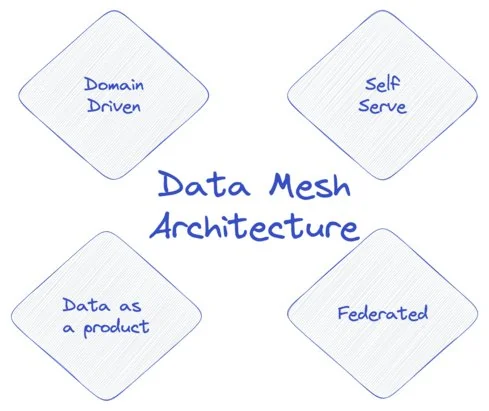Pneumothorax xray classifier - Modelization - part 2 of 3
The goal of this project is to show a way how to train a binary classifier on Xray images, to predict if there is a pneumothorax or not. The dataset used here can be downloaded freely on Kaggle.
Exploratory Data Analysis
The dataset consists of DICOM (Digital imaging and communications in medicine) file, which is a standard file format for medical imaging information. See the definition in Wikipedia.
The pydicom python can be used to parse the DICOM files. There is also a csv file containing the pneumothorax zones by image, if present. The kaggle challenge was an image segmentation challenge but for the moment we will try to predict if an image contains or not a pneumothorax (binary classifier).
First, let’s see how much data we have in our dataset.
path_data_raw = "../data/raw"
path_data_cleaned = "../data/cleaned"
path_data_refined = "../data/refined"
metadata = pd.read_csv(path_data_raw+"/train-rle.csv")
metadata.info()

There is 12954 images in our dataset. Let’s see an extract of a csv file:

DICOM Files and metadata
Each dicom file contains a 1024*1024 jpg file.
The EncodedPixels contains a mask if there is 1 or several pneumothorax zones on xray. Otherwise it is set to -1 (No pneumothorax). There is much more metadata information in DICOM files. Let’s open one to see the content available.

There is a lot of information in a DICOM file. We will select just a few to begin. An interesting one is the view position. AP stands for Anterior-Posterior, PA for Posterior-Anterior. It corresponds to the way the X-ray beam passing through the patient. See Wikipedia.

The xray result is quite different and it should be an interesting feature for our model.

We will also select Patient Age, Patient Sex, which are obvious as features. Let’s add a function to read the metadata from our DICOM files.
def readMetaData(Dir, DF=pd.DataFrame()):
Files = glob(Dir+'*.dcm')
for file in Files:
ID = file.split('/')[-1][:-4]
DCM = pydicom.dcmread(file)
for atr in ['PatientAge', 'PatientID', 'PatientSex',"ViewPosition"]:
DF.loc[ID, atr] = getattr(DCM, atr)
return DF
trainDF = readMetaData(path_data_raw+"/dicom-images-train/", metadata)
trainDF.head(10)

Data cleaning, missing values, outliers
As we try to do only a binary classifier, just add a binary target column.
#Add binary target column
metadata["target"] = np.where(metadata[" EncodedPixels"] == "-1",0,1)
Now let’s check the class imbalance.
#Check Dataset imbalance
x=metadata["target"].value_counts().values
sns.barplot([0,1],x)
plt.title('Target variable count')

The dataset is imbalanced 1 pneumothorax xray for 2.62 normal xrays.
Stratified KFOLD
Regular k-fold crossvalidation should be avoided in presence of an unbalanced dataset. The reason is that the data is split into k-folds with a uniform probability distribution.

To ensure that the model learns correctly, we need to use stratified k-fold distribution, where the class distribution is preserved in each fold.

Also, for medical data, it is essential to avoid patient overlap, i.e. same patient images in train/test or in different folds during cross-validation.
Last but not least, we should assure that age and view position distribution are the same in train/test and in folds during cross-validation.
Modelization
Efficientnet
Efficientnet is a new ConvNet model that is smaller and faster on inference than traditionnal ConvNets model. To define a Efficientnet we use a scaling parameter, that range from B0 to B7. Here we are going to use the smallest scaling parameter B0.

Training loop
Data Augmentation
Test Time Augmentation - TTA
Similar to Data augmentation during Model training, Test Time Augmentation consists on making prediction on Data Augmented test images and then average the predictions. It can be considerated as an Ensemble method that is a common practice in computer vision projects. It can boost performance of a trained model.

Results analysis
Model results without TTA
Model results with TTA
What next ?
##



